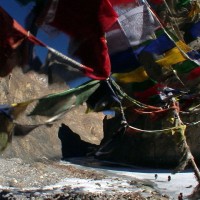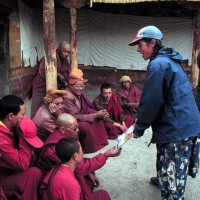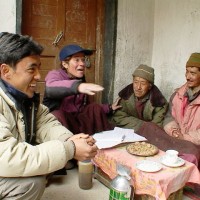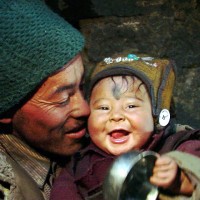The Magic Mountain
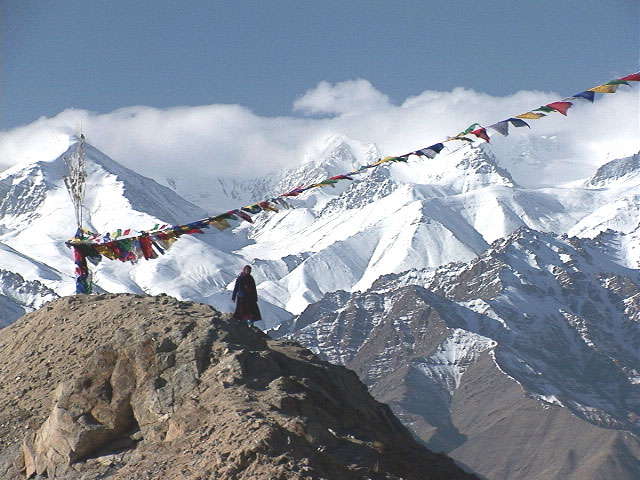
a 50-minute documentary
to see a 3 min trailer, click here.
***Winner of the $2,000 People’s Choice Award 2005 Banff Mountain Film Festival***
***Winner of Best Canadian Mountain Film 2006 Vancouver Internationl Mountain Film Festival***
***Grand Prize, 2006 Hory a mesto / Mountains and City festival Bratislava, Slovakia***
Official Selection of :
** 2005 Calgary International Film Festival
** 2005 Himalayan Film Festival in Amsterdam
** 2006 Mountain Film, Telluride
** 2006 Kendall Mountain Film
To buy a DVD for home viewing, CONTACT US
$30
(includes postage & handling)
Note: this film is protected by public performance copyright, so please contact us for different pricing to use the film in a teaching or classroom situtation.
Synopsis:
Magic means different things to different people. For Cynthia Hunt, the founder of HEALTH Inc (Health, Environment, And Literacy in The Himalayas), it’s all about the empowerment of women, good health and nutrition. But these are not easy propositions in Ladakh – one of the highest and driest inhabited places on earth. Yet Cynthia is in her element as she routinely hikes through the rugged mountains of northwest India to help foster change in isolated communities. As a passionate artist, book publisher and educator with a decidedly idiosyncratic style, she helps the illiterate village women in their efforts to form a cooperative. The pay-off comes when they undertake a perilous, four-day journey down a frozen river canyon to petition government officials in the distant capital city for funds to build green houses.
It is mid-winter in the oxygen-starved landscape of Ladakh as Cynthia Hunt embarks on a journey unlike any other. In order to reach the remote village of Lingshed, she must trek for four days following an ancient route called the Chador. This icy conduit on the frozen Zanskar River passes through a gorge deeper than the Grand Canyon, bordered by snow clad 6,000-meter peaks.
Chances of a plunge into the steel blue, fast flowing river are considerable. Yet Cynthia is undeterred. This grueling and unconventional commute to work is part of the job, and she loves it.
This 49-year old American woman, dressed in the traditional shalwar khameez with an incongruous and tattered Montreal Canadiens baseball cap pulled down over long braids, is no stranger to these parts. She has lived and worked in this isolated region of India for 15 years. Her singular devotion to help Ladakhis face the integrative challenges of a modern world approaches missionary zeal.
We follow Cynthia, accompanied by her two Ladakhi interns, as she hikes over a series of 5000-meter passes to reach the remote villages where government agencies and NGOs rarely go. This is where help is needed the most – where infant mortality rates are up to twice the Indian average and where womens’ illiteracy is 97-100%. Through grass roots projects such as solar schools, greenhouses, women’s cooperatives and books that she draws and publishes herself, Cynthia attempts to make a difference.
But it’s not easy – especially being a book publisher in Ladakh. Plagued by constant power outages and sub-zero winter temperatures, she works doggedly into the nights in her unheated tiny office-cum-bedroom in the rustic capital of Leh.
Her latest book, Padma and the Magic Mountain, espouses the benefits of a magical mountain composed of local nutritious foods. The message is unequivocal. “If kids have empty stomachs, how can they concentrate and learn in school?” asks Cynthia.
As Cynthia climbs the steep trail from the frozen Zanskar up to Lingshed, she carries in her backpack a copy of Padma and the Magic Mountain. Not content to merely deliver the book to the school, she invents a rollicking drama in the primitive classroom.
Whether instructing monks in the local monastery on the basics of dental hygiene with a lively lesson on the use of tooth brushes, or acting out the antics of Padma, Cynthia’s delivery is nothing less than dramatic – and often hilarious.
Besides the school kids, the women of Lingshed are also inspired by Cynthia’s efforts. Their feisty ring leader is Rinchen Dolma, a toothless and illiterate 56-year old grandmother. With Cynthia’s voluble endorsement, the village women want to establish a cooperative so they can generate their own source of income. By constructing simple solar greenhouses they can grow vegetables to boost the nutrition and health of their children.
The culmination of the film comes when Cynthia returns to Leh with a gaggle of boisterous village women, including Rinchen Dolma and two Buddhist nuns. The conditions on the Chador have deteriorated, and the group faces considerable risk. They must wade through shin-deep frigid water that has flooded over the ice, and in some places, they climb up on the cliff sides to skirt the open sections of water. But the excitement of travelling to the capital city supercedes their fear.
In total, 30 women from four different villages meet up in Leh and, under Cynthia’s wing, learn to negotiate the urban maze. In spite of the stigma of being illiterate village women, their self-confidence grows over a 10-day period of workshops and government meetings. They learn the ropes of creating small businesses and building a solar greenhouse. Their joy is palpable as their celebrate their success with dancing and singing with Cynthia in their midst. In spite of this, two of the villages end up with very different results.
Project Status:
Following the film’s success at the 2005 Banff Mountain Film Festival, we are looking for a broadcaster who shares our vision, and will bring this to story to a broader public audience.
